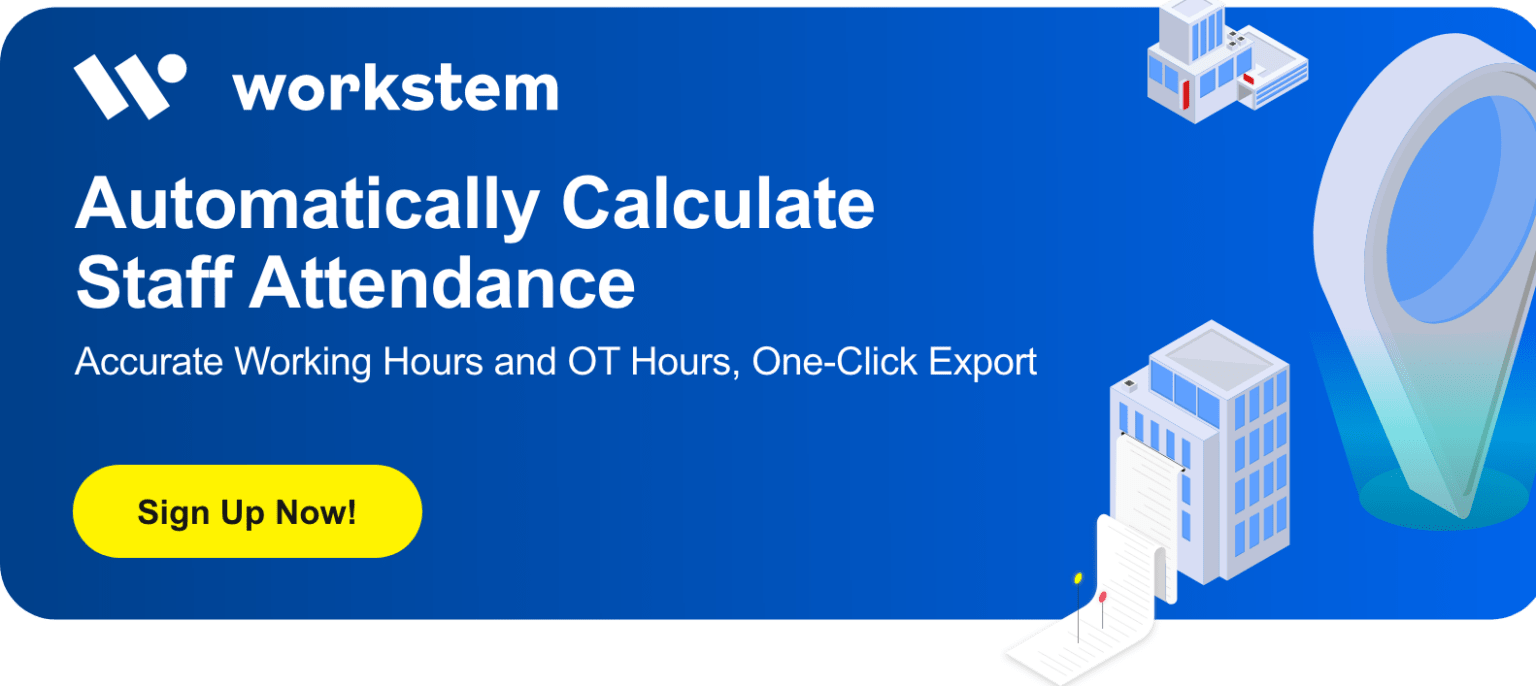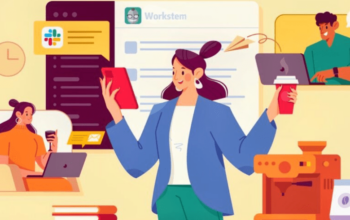In the retail industry, reporting attendance is essential. As an industry that relies on human interaction, it matters to have all essential employees present whenever necessary.
Regularly coming to work early helps promote employee productivity, as following a proper schedule enables you to do more and improve your work ethic. Exhibiting punctuality and coming to work when needed also helps you bond better with your coworkers. If you were gone a lot, other employees would have to cover for you, which can negatively impact your relationships with them.
For employers, noting employee attendance is an important aspect of business operations. Some employers look at a potential employee’s attendance in his previous company to grasp an idea if he is prone to absenteeism or presenteeism. In other instances, employers are particular about attendance due to its relation to payroll.
Why monitor employee attendance?
Any company that hires multiple employees finds it important to have a proper attendance monitoring system. It can be hard for one person or department alone to keep a note of each and every person’s clock-in and clock-out hours, which is why companies have thought to use technology and other systems to better organize this data.
It was this need that brought about the creation of the bundy clock. With it, the working hours of all employees are stamped onto one long card. Employees repeat the process upon arriving and leaving work, filling up one row of the table on the card. This way, employees can monitor their attendances themselves and in real-time. Additionally, when it came to computing an employee’s accomplished hours, the person or people in charge of doing so simply had to look at the card.
The role of attendance in an employee’s life
Many companies, especially in the field of retail, compute their employees’ paychecks based on their company standards and their employees’ attendance. Employers check how many leaves an employee filed—both paid and unpaid—along with their late attendance, overtime work, and overall hours accomplished.
Computing employees’ overall attendance can be a taxing affair. This is especially true if a company is using the traditional bundy clock method of keeping track of attendances, as this does not consider half-days and whether leave is paid or unpaid. The same could be said for other manual ways of logging employee attendance, such as writing in a logbook. In the time of automated processes, it would be better for retail owners and other employers to invest in software to record, compile, and compute employee attendance for them.
For instance, employers can look into Workstem’s attendance and rostering software, which is designed to centralize attendance data for employers and HR managers and provides various kinds of attendance methods for a diverse workforce.
Workstem also has a self-service method —— Workstem One App, allowing employees to check their attendance themselves from their own devices, as it can be accessed from anywhere with an internet connection.
In retail where employees usually have different work schedules and shifts, having an HR system can also improve how employers note employee attendance. Flexible HR systems can take a large burden off HR when it comes to monitoring attendance and organizing different work shifts. Investing in quality software to do administrative tasks such as this can help company leaders in better managing their workforce as well.
Regardless of industry, employers can benefit greatly from making the switch to more modern and advanced methods. For the retail industry, doing so will not only save them time but adapting new methods to employee attendance will also provide them more chances to work more efficiently and focus on their day-to-day tasks.
Read More:
Why Having an Automated Attendance System Is Crucial in Payroll Distribution?
Can an Employer Deduct Wages Because an Employee is Late for Work?
How to Select an Attendance System?
Can Employers Buy Out Employees Holiday?

(The content and information in this article are for reference only. The accuracy and reliability of the information are subject to the latest government regulations. If you want to reprint the article or content, please contact us first or attach a link to this article, and indicate the source of reprint.)







![[418 Guide] Ordinance 418 And Continuous Contract](https://www.workstem.com/wp-content/uploads/2023/08/Untitled-design-min-350x220.png)